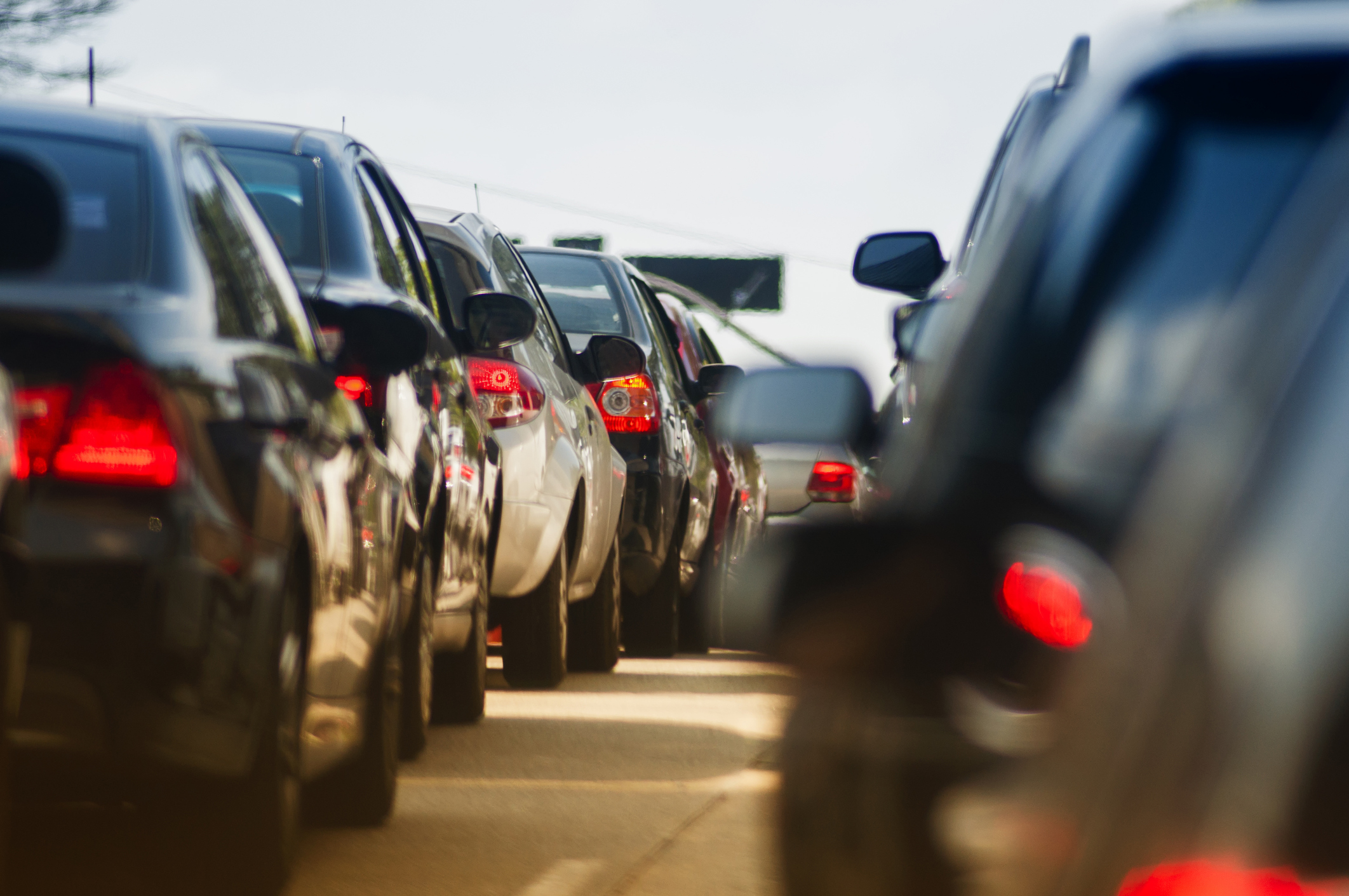We should think about access more than transport

The biggest challenge to mobility in urban zones lies in the obsession to build and to expand the transport infrastructure over long distances, rather than to ensure that the general public has increased access to destinations and facilities that they need to get to.
The Government and planners need to realise that people have a right to equal access. To ensure that people can exercise this right, interested parties need to focus their efforts on increasing urban mobility. Mobility is not limited to the development of infrastructure and transport services. It is also about overcoming social, economic, political and physical obstacles to mobility, such as physical disabilities and affordability. Giving people the right to equal access means giving people the power to fully exercise their basic rights.
Having a fast, efficient and effective transport system is important, but it is more important to limit the need for people to travel by bringing services and destinations closer to the public and increasing access to all residents, irrespective of physical ability, among other things. The human dimension is at the core of sustainable mobility. The ultimate aim of all transport is access not mobility.
Sustainable mobility is about increasing the link between transport planning and land use planning, that is, the organisation of urban space. When we plan for sustainable urban densities we would be enhancing the urban space and decreasing the need for long distance travel.
Road design, among other things, determines the accessibility to some places. The physical arrangement of some roads can encourage or discourage walkers and cyclists. Therefore, road planning, building heights and central places are main considerations when planning sustainable mobility.
In spite of the ever increasing levels of urban mobility, access to places, activities and services has become more difficult. Therefore, sustainable mobility means shifting the emphasis from transport to people and places, though this calls for strengthening the transport systems and innovation in other ways of communicating.
